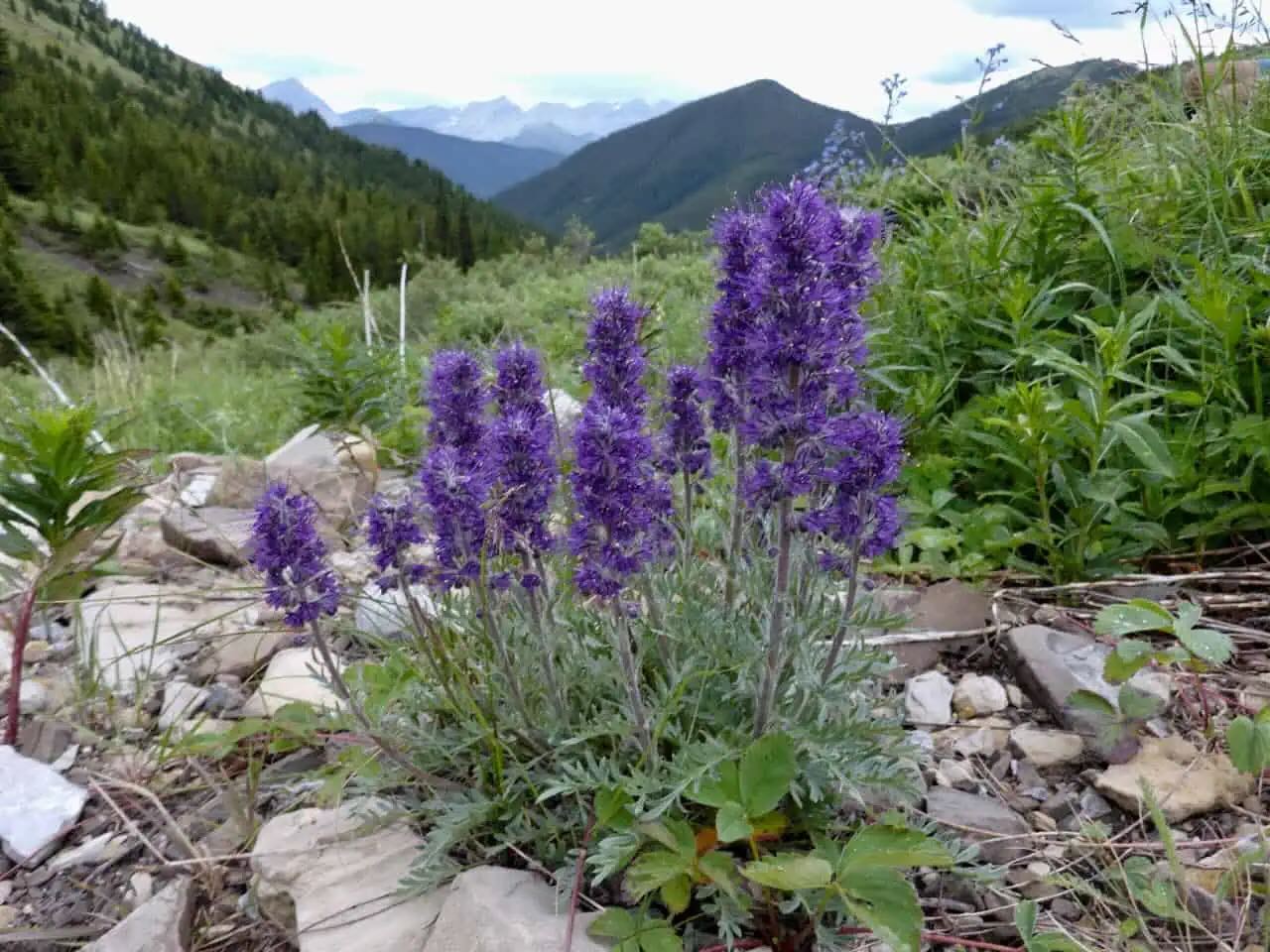
Scorpion weed might sound like something out of a sci-fi movie, but it's a real plant with some intriguing characteristics. Found mainly in the southwestern United States, this plant is known for its striking purple flowers and unique curling stems that resemble a scorpion's tail. Why is it called scorpion weed? The name comes from the plant's coiled flower clusters, which look like a scorpion ready to strike. But don't worry, this plant isn't dangerous to humans. However, it can cause skin irritation for some people. Want to know more? Let's dive into 26 fascinating facts about this unique plant that will leave you amazed.
What is Scorpion Weed?
Scorpion weed, also known as Phacelia, is a fascinating plant with unique characteristics. Its name might sound intimidating, but this plant has a lot to offer. Let's dive into some intriguing facts about scorpion weed.
-
Scorpion weed belongs to the Boraginaceae family, which includes other plants like borage and forget-me-nots.
-
The plant gets its name from the way its flower clusters curl, resembling a scorpion's tail.
-
Scorpion weed is native to North America, particularly in the western United States.
-
There are over 200 species of Phacelia, each with its own unique features.
Appearance and Growth
Scorpion weed's appearance and growth patterns are quite distinctive. Here are some facts about how this plant looks and grows.
-
The flowers of scorpion weed are usually blue or purple, but some species have white or yellow flowers.
-
Scorpion weed can grow up to 3 feet tall, depending on the species and growing conditions.
-
The plant has hairy stems and leaves, which can cause skin irritation in some people.
-
Scorpion weed blooms in the spring and early summer, attracting a variety of pollinators.
Ecological Importance
Scorpion weed plays a significant role in its ecosystem. Let's explore its ecological importance.
-
The plant is a valuable nectar source for bees, butterflies, and other pollinators.
-
Scorpion weed helps prevent soil erosion by stabilizing the soil with its root system.
-
Some species of scorpion weed are used in restoration projects to rehabilitate disturbed lands.
-
The plant provides habitat and food for various insects and small animals.
Uses and Benefits
Beyond its ecological role, scorpion weed has several uses and benefits. Here are some interesting facts.
-
Native Americans used scorpion weed for medicinal purposes, such as treating skin conditions and wounds.
-
The plant is sometimes used in ornamental gardening for its attractive flowers and foliage.
-
Scorpion weed can be used as a cover crop to improve soil health and fertility.
-
Some species of scorpion weed are used in research for their potential medicinal properties.
Potential Hazards
While scorpion weed has many benefits, it also has some potential hazards. Here are a few things to be aware of.
-
The plant's hairy stems and leaves can cause skin irritation, similar to poison ivy.
-
Scorpion weed can be toxic to livestock if ingested in large quantities.
-
Some people may experience allergic reactions to the plant's pollen.
-
The plant can become invasive in certain areas, outcompeting native vegetation.
Fun Facts
Let's wrap up with some fun and quirky facts about scorpion weed.
-
The name "Phacelia" comes from the Greek word "phakelos," meaning "bundle," referring to the plant's clustered flowers.
-
Scorpion weed is sometimes called "fiddleneck" because of the way its flower clusters curl like the neck of a fiddle.
-
The plant is a favorite among gardeners who want to attract pollinators to their gardens.
-
Scorpion weed seeds can remain viable in the soil for several years, allowing the plant to re-establish itself after disturbances.
-
Some species of scorpion weed have been used in traditional dyeing practices to produce natural dyes.
-
The plant's unique appearance and ecological benefits make it a popular subject for botanical illustrations and photography.
The Final Sting
Scorpion weed is more than just a pretty face in the desert. Its vibrant purple flowers and unique leaf structure make it a standout, but it’s also got a hidden side. This plant can cause skin irritation, so handle with care. Despite this, it plays a crucial role in its ecosystem, providing food for pollinators like bees and butterflies. It’s a resilient plant, thriving in harsh conditions where many others can’t survive. Understanding scorpion weed helps us appreciate the delicate balance of nature and the importance of every plant in our environment. Next time you see this striking plant, you’ll know it’s not just another wildflower. It’s a survivor, a provider, and a reminder of nature’s incredible adaptability. So, whether you’re a gardener, a hiker, or just a nature lover, scorpion weed has a story worth knowing.
Was this page helpful?
Our commitment to delivering trustworthy and engaging content is at the heart of what we do. Each fact on our site is contributed by real users like you, bringing a wealth of diverse insights and information. To ensure the highest standards of accuracy and reliability, our dedicated editors meticulously review each submission. This process guarantees that the facts we share are not only fascinating but also credible. Trust in our commitment to quality and authenticity as you explore and learn with us.
